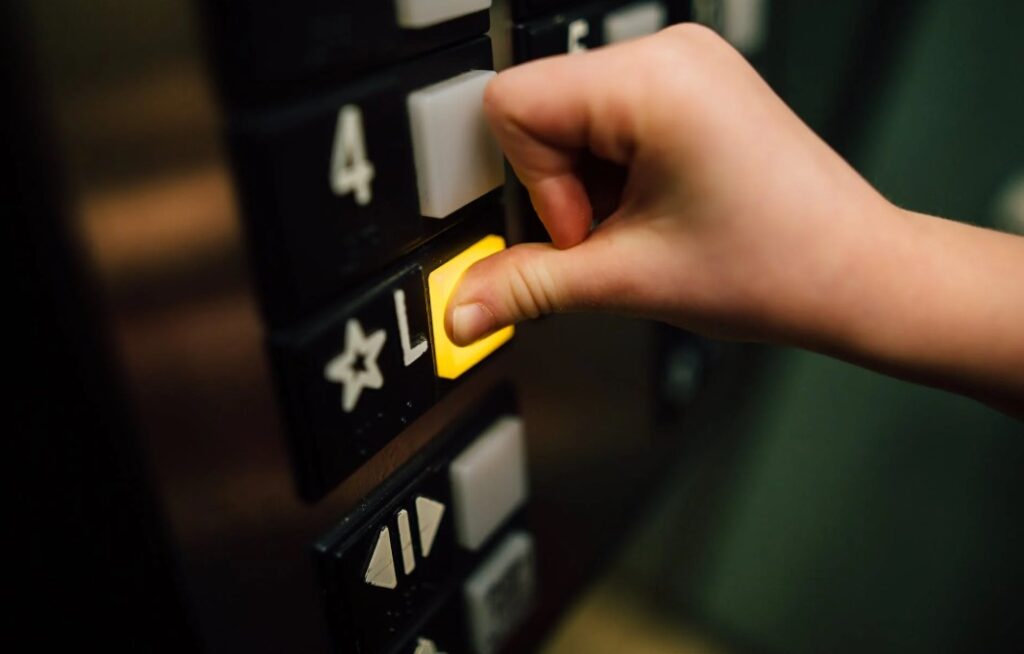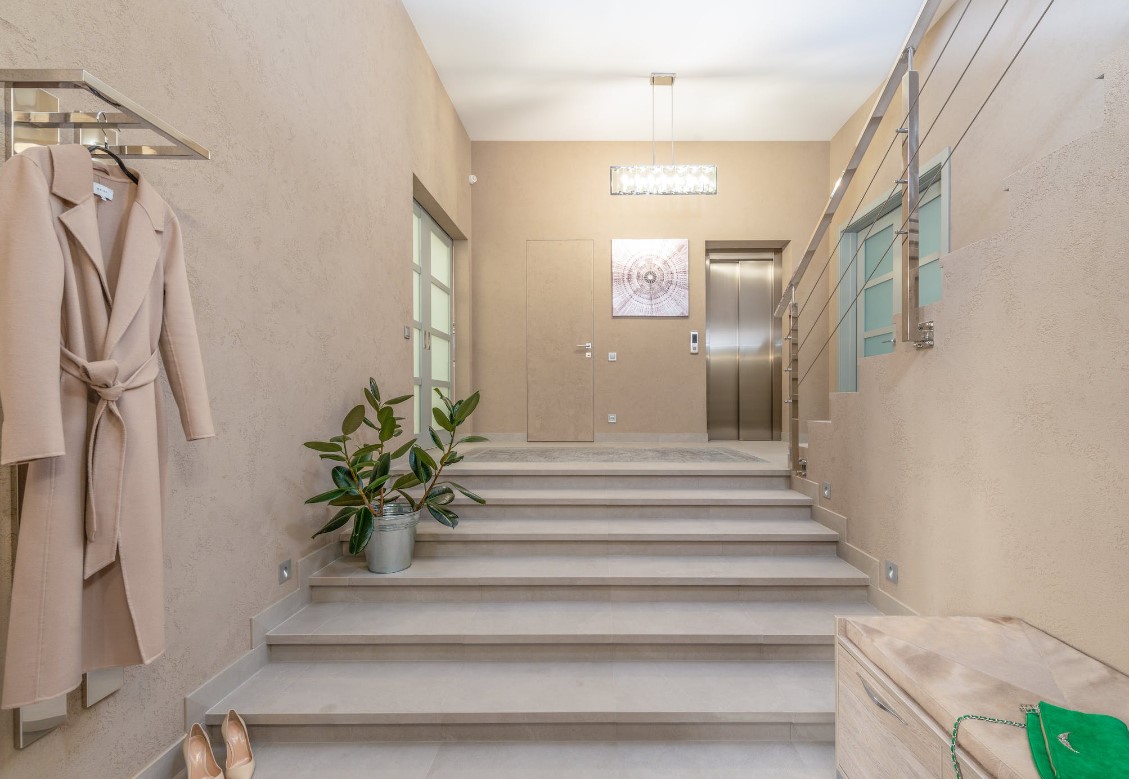In today’s modern world, residential buildings are reaching new heights, both literally and figuratively. With the growing need for space and convenience, residential lifts have become a popular addition to multi-story homes and apartment buildings. These lifts, often referred to as elevators, not only enhance the accessibility and mobility within residential spaces but also add a touch of luxury and convenience. In this blog, we’ll explore the different types of lifts used in residential areas, their functionalities, and the factors to consider when choosing the right lift for your home.
-
Hydraulic Lifts
Hydraulic lifts are a common choice for residential buildings with a limited number of floors. They operate on the principle of fluid mechanics, using hydraulic fluid to raise and lower the elevator car. These lifts are known for their smooth and quiet operation, making them ideal for residential use. Hydraulic lifts are best suited for buildings with up to 5-6 floors.

Pros:
- Quiet and smooth operation.
- Suitable for low to mid-rise buildings.
- Energy-efficient.
Cons:
- Requires a separate machine room for equipment.
- Slower travel speed compared to other lift types.
2. Traction Lifts
Traction lifts are a popular choice for residential buildings with a higher number of floors. They use steel cables and counterweights to move the elevator car. Traction lifts can be either geared or gearless, with gearless models being more efficient and typically used in mid to high-rise buildings.
Pros:
- Faster travel speed.
- Efficient and ideal for tall buildings.
- No machine room required in some cases.
Cons:
- More expensive than hydraulic lifts.
- Can be noisier.
3. Machine Room-Less Lifts
Machine room-less lifts, as the name suggests, do not require a separate machine room for equipment, making them a space-saving option for residential buildings. They can be hydraulic or traction lifts, and their compact design is advantageous for buildings with space constraints.
Pros:
- Space-saving design.
- Suitable for a wide range of residential buildings.
- Energy-efficient options available.
Cons:
- Initial installation cost may be higher.

4. Home Elevators
Home elevators are custom-designed lifts specifically for residential use. These elevators offer various design and customization options, allowing homeowners to match the elevator’s aesthetics with their interior decor. They are usually powered by traction technology.
Pros:
- Customizable to match home decor.
- Suitable for aging in place.
- May increase home value.
Cons:
- Higher initial cost.
- Limited to low to mid-rise buildings.
5. Stair Lifts
Stair lifts are an excellent option for homes with multiple levels and residents with mobility issues. Unlike traditional elevators, these are installed on staircases, offering a cost-effective way to navigate different floors. They consist of a chair or platform that moves along a rail attached to the staircase.
Pros:
- Cost-effective solution.
- Easy installation on existing staircases.
- Ideal for homes with limited space.
Cons:
- Only suitable for individuals with mobility issues.
- May obstruct regular staircase use.
Factors to Consider When Choosing a Residential Lift
When deciding which type of lift is best suited for your residential space, consider the following factors:
- Building height and size: The number of floors and the overall size of your building will dictate the type of lift that’s most appropriate.
- Budget: Determine your budget, as different types of lifts vary in terms of initial costs, maintenance expenses, and operational costs.
- Space availability: Assess the available space for the lift installation, including whether a separate machine room is feasible.
- Aesthetic preferences: If aesthetics are important to you, consider customizable options like home elevators.
- User requirements: Think about the mobility needs of the residents in your home. Are there elderly individuals or individuals with disabilities who require specialized features?
Conclusion
Residential lifts have come a long way in enhancing accessibility and convenience in multi-story homes and apartment buildings. When choosing a lift for your residential area, consider factors such as the building’s size, budget, available space, and user requirements. Each type of lift has its own advantages and limitations, so selecting the one that best meets your specific needs is crucial to ensure a comfortable and efficient living space for all residents. You can check out home lift mobility manufacturer if you are looking for lifts for your residential space.



























